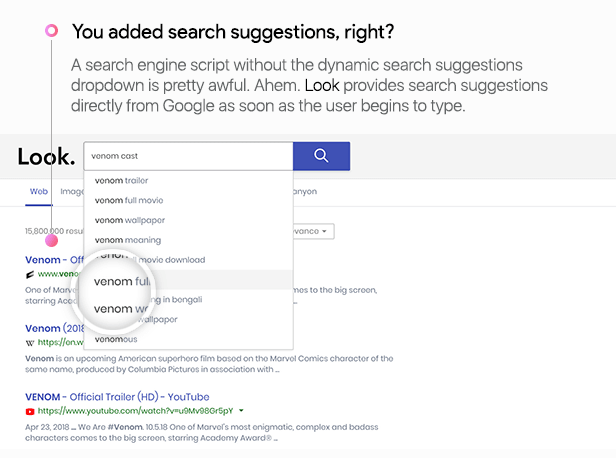



Part of speech identifies ‘make’ as a verb in ‘I can make a paper plane,’ and as a noun in ‘What make of car do you own?’ Part of speech tagging, also called grammatical tagging, is the process of determining the part of speech of a particular word or piece of text based on its use and context.What makes speech recognition especially challenging is the way people talk-quickly, slurring words together, with varying emphasis and intonation, in different accents, and often using incorrect grammar. Speech recognition is required for any application that follows voice commands or answers spoken questions. Speech recognition, also called speech-to-text, is the task of reliably converting voice data into text data.Some of these tasks include the following: Several NLP tasks break down human text and voice data in ways that help the computer make sense of what it's ingesting. Homonyms, homophones, sarcasm, idioms, metaphors, grammar and usage exceptions, variations in sentence structure-these just a few of the irregularities of human language that take humans years to learn, but that programmers must teach natural language-driven applications to recognize and understand accurately from the start, if those applications are going to be useful. Human language is filled with ambiguities that make it incredibly difficult to write software that accurately determines the intended meaning of text or voice data. But NLP also plays a growing role in enterprise solutions that help streamline business operations, increase employee productivity, and simplify mission-critical business processes. There’s a good chance you’ve interacted with NLP in the form of voice-operated GPS systems, digital assistants, speech-to-text dictation software, customer service chatbots, and other consumer conveniences. NLP drives computer programs that translate text from one language to another, respond to spoken commands, and summarize large volumes of text rapidly-even in real time. Together, these technologies enable computers to process human language in the form of text or voice data and to ‘understand’ its full meaning, complete with the speaker or writer’s intent and sentiment. NLP combines computational linguistics-rule-based modeling of human language-with statistical, machine learning, and deep learning models. Natural language processing (NLP) refers to the branch of computer science-and more specifically, the branch of artificial intelligence or AI-concerned with giving computers the ability to understand text and spoken words in much the same way human beings can. five players mode – fully configurable!ĪppNee provides the MagicEngine portable full registered versions for Windows 32-bit & 64-bit, without 5-minutes limitation on time.Natural language processing strives to build machines that understand and respond to text or voice data-and respond with text or speech of their own-in much the same way humans do.nice and easy to use graphical user interface!.(with a custom System Card – no BIOS ROM needed) full CD-ROM and Super CD-ROM emulation!.With MagicEngine, on the computer, players can perfectly recall many classic, popular game works on the PCE platform. For any video game fan player, you must have known the famous action game – Prehistorik series and the RPG game – Far East of Eden series.Īmong all PCE emulators, the most famous and supporting games best one is MagicEngine which has friendly and clear UI, easy to start and set up.

PC-E was fashionable for a time as NEC company’s family game console, gave priority to a large number of original high quality games. We usually call it PCE emulator for short. MagicEngine (MAGIC-ENGINE) is a video game emulator from France, designed for NEC‘s PC-Engine (AKA: TurboGrafx-16) game console – the first console has CD games, which can almost emulate the PC-Engine/TurboGrafx-16 most perfectly.


 0 kommentar(er)
0 kommentar(er)
